
Cover from "Manchild in the Promised Land."
- Claude Brown
Listen up. Today, The Daddy is re-reading Claude Brown's Manchild in the Promised Land," a memoir of a black kids street life in Harlem in the 1960's. The Daddy wrote about the book and its author before. It's the post behind this one.
But what motivated a brotha to re-read the book was an excellent article he came across in Truthout, a progressive American blog. It connects the tough times of youth today with the tough times that manchilds had on mean streets during the sixties, especially Claude Brown." Support Truthout and check out this article:
Children of the Recession: Remembering "Manchild in the Promised Land."
June 8, 2009.
by Henri A. Giroux
When Claude Brown published "Manchild in the Promised Land" in 1965, he wrote about the doomed lives of his friends, family and neighborhood acquaintances. The book is mostly remembered as a brilliantly devastating portrait of Harlem under siege, ravaged and broken from drugs, poverty, unemployment, crime and police brutality. But what Brown really made visible was that the raw violence and dead-end existence that plagued so many young people in Harlem, stole not only their future but their childhood as well. In the midst of the social collapse and psychological trauma wrought by the systemic fusion of racism and class exploitation, children in Harlem were held hostage to forces that not only robbed them of the innocence that comes with childhood, but also forced them to take on the risks and burdens of daily survival that older generations were unable to shield them from. At the heart of Brown's narrative, written in the midst of the civil rights struggle in the 1960s, is a "manchild," a metaphor that indicts a society that is waging war on those children who are black and poor and have been forced to grow up too quickly. The hybridized concept of "manchild" marked a space in which innocence was lost and childhood stolen. Harlem was a well contained, internal colony, and its street life provided the condition and the very necessity for insurrection. But the many forms of rebellion young people expressed - from the public and progressive to the interiorized and self-destructive - came with a price, which Brown reveals near the end of the book: "It seemed as though most of the cats that we'd come up with just hadn't made it. Almost everybody was dead or in jail."[2]
Childhood stolen became less a plea for self-help - that short-sighted and mendacious appeal that would define the reactionary reform efforts of the 80s and 90s - than a clarion call for condemning a social order that denied children a future. While Brown approached everyday life in Harlem more as a poet than as a political revolutionary, politics was embedded in every sentence in the book. Not a politics marked by demagoguery, hatred and orthodoxy, but one that made visible the damage done by a social system characterized by massive inequalities and a rigid racial divide. Manchild created the image of a society without children in order to raise questions about the future of a country that turned its back on its most vulnerable population. Like the great critical theorist, C. Wright Mills, Claude Brown's lasting contribution was to reconfigure the boundaries between public issues and private sufferings. For Brown, racism was about power and oppression and could not be separated from broader social, economic and political considerations. Rather than denying systemic, structural conditions, as in the discourse of individual pathology or self-help, Brown insisted that social forces had to be factored into any understanding of group suffering and individual despair. Brown explored the suffering of the young in Harlem, but he did so by refusing to utterly privatize it, to dramatize and spectacularize private life over public dysfunction, or to separate individual hopes, desires and agency from the realm of politics and public life.
Nearly 50 years later, Brown's metaphor of the "manchild" is more relevant today than when he wrote the book, and "the Promised Land" more mythic than ever as his revelation about the sorry plight of poor and minority children takes on a more expansive meaning in light of the current economic meltdown. The suffering and hardships many children face in the United States have been greatly amplified by the economic crisis, and in some cases the effects and consequences of that suffering has been captured in images, interviews and television programs that have born witness to what has become the shame of the nation. For example, "CBS Nightly News" with Katie Couric has been running a probing and poignant series called "Children of the Recession," which foregrounds the suffering and despair faced by so many millions of young kids today. Many of these images portray kids who, through no fault of their own (or their parents for that matter), are homeless, lack food, health care, adequate shelter, clothing, even spaces to play. They are forced to inhabit a rough world where childhood is nonexistent, crushed under the heavy material and existential burdens they are forced to bear.
For the full story, click here.









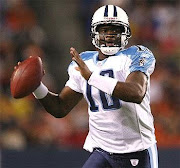































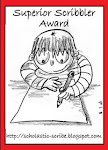







.gif)






















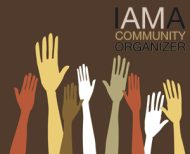


















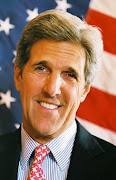










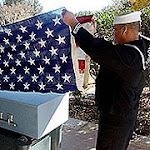


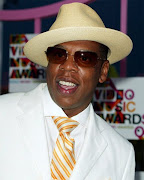



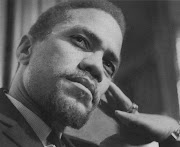


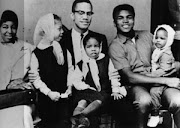








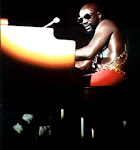

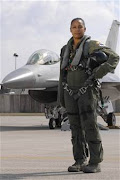






No comments:
Post a Comment